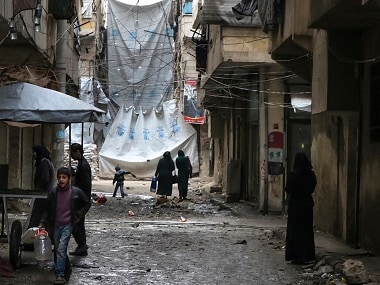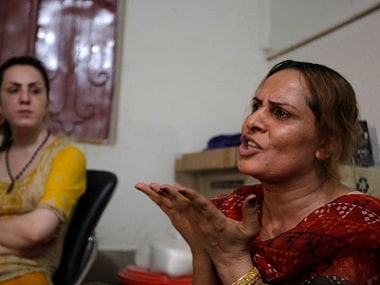Portuguese-style colourful cottages with curved roofs and spacious verandahs, narrow lanes, murals, a small chapel, a laid-back vibe… No, we're not talking about Goa. In the maddening bustle of Mumbai's Girgaum locality, a quaint little street — which often goes unnoticed — leads to the 200-year-old heritage precinct of Khotachiwadi.
Photos don’t do justice to this idyllic village. One moment I was in a crowded, loud city, and the next, in an entirely different space, like Alice down the rabbit hole, straight into Wonderland.
It wasn’t right out of the 18th century, no. Just like villages bordering big cities develop, Khotachiwadi has developed the same way; alongside houses steeped in history, there are modern salons and an OYO Hotel; parked in front of the cottages, built before the invention of automobiles, is a line of cars and two-wheelers. It is a small Bombay in Mumbai.
Discovered by a Maharashtrian man in the late 18th century, Khotachiwadi became home to the East-Indian families, mostly Catholic, wanting to be a part of urban Bombay (as the city was known then) life. Out of the 65 bungalows that were once tucked away in its cobbled streets, only 26 have survived the rapid urbanisation the city witnessed post-independence.
In every house, there is a strong Portuguese architectural influence, fretwork panels at the entrances and balconies, big ornate windows and moulded roofs, but more interesting than the houses are its residents. Though most of them have migrated abroad or moved to the suburbs, a few remain, to tell the tale of once-upon-a-time Bombay.
One such person is James Ferriera, who still lives in his 200-year-old family home. I was at a loss for words when I first entered his residence; every corner was furnished with colonial furniture and artifacts. Ferriera has been actively fighting for the preservation of the remaining houses of Khotachiwadi. According to him, Khotachiwadi is one of the few places which has kept the old-Bombay charm alive. He says, “It’s a tough task, maintaining these places, but the best way to preserve Khotachiwadi’s heritage is living in these houses and loving them.” He feels there are many such places in South Mumbai which need to be saved, as they give the city its character.
Another life-long resident of the village, Marie Mesquita, explains how Khotachiwadi is like a big family; they celebrate all the festivals together and they’re always there at each other’s beck and call, no matter what. She says, “I would not give it up for a flat in suburbs, where one doesn’t even know the names of their neighbours.”
While leaving Khotachiwadi, I came across a small house that I had previously missed. It had the most remarkably decorated courtyard I’ve ever seen. In a small space, there were two aquariums, a fountain, hanging bulbs and cages, a mosaic floor, sculptures, clocks, a pigeon cage, and much more. More awe-inspiring than the house was its tenant, Willy Black, a guitar tutor. I asked him to strum a song that reminds him of Khotachiwadi, and did he?
Watch the video above to listen to his song.
Published Date: Feb 20, 2018 14:30 PM | Updated Date: Feb 20, 2018 16:12 PM



















